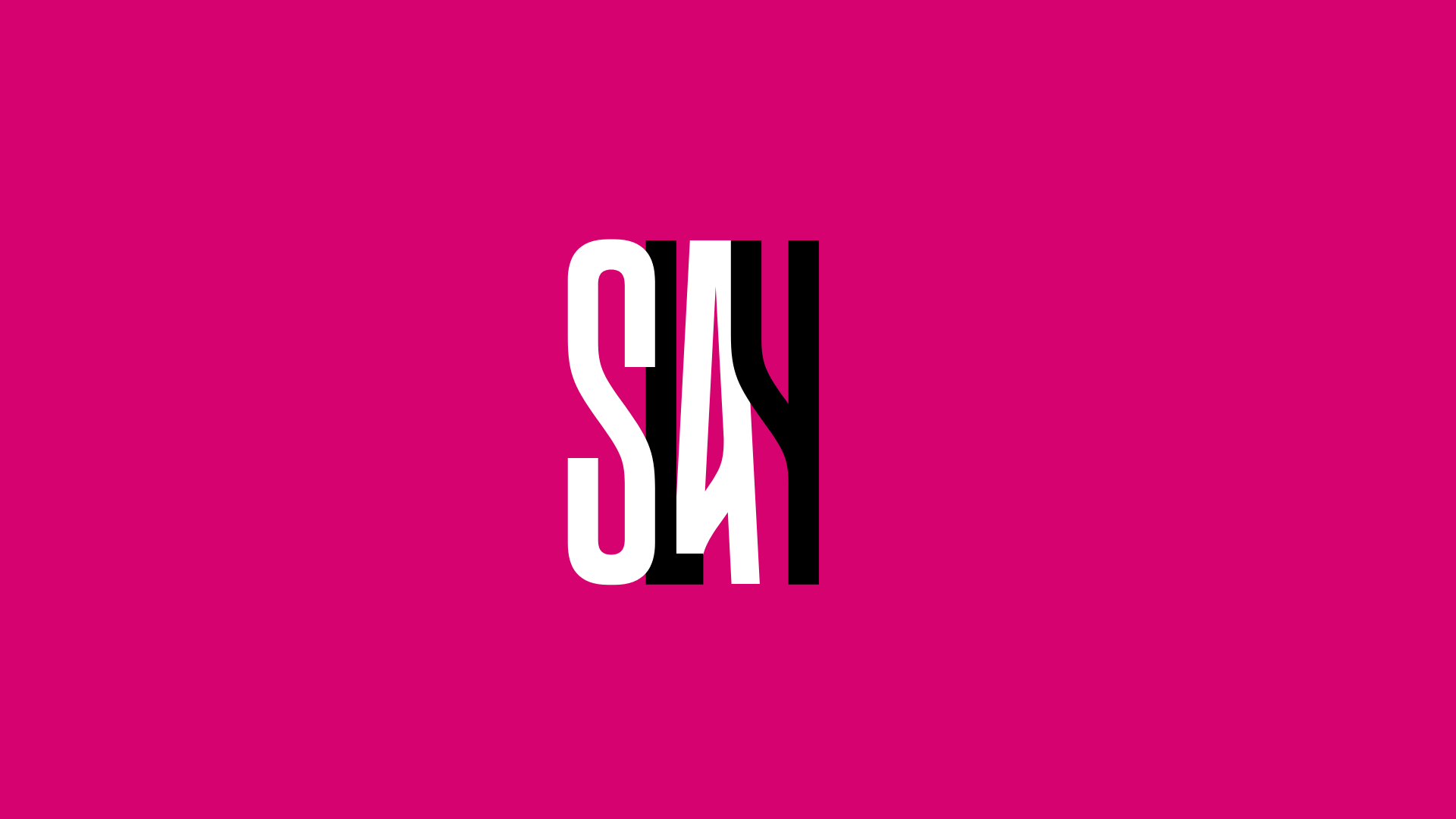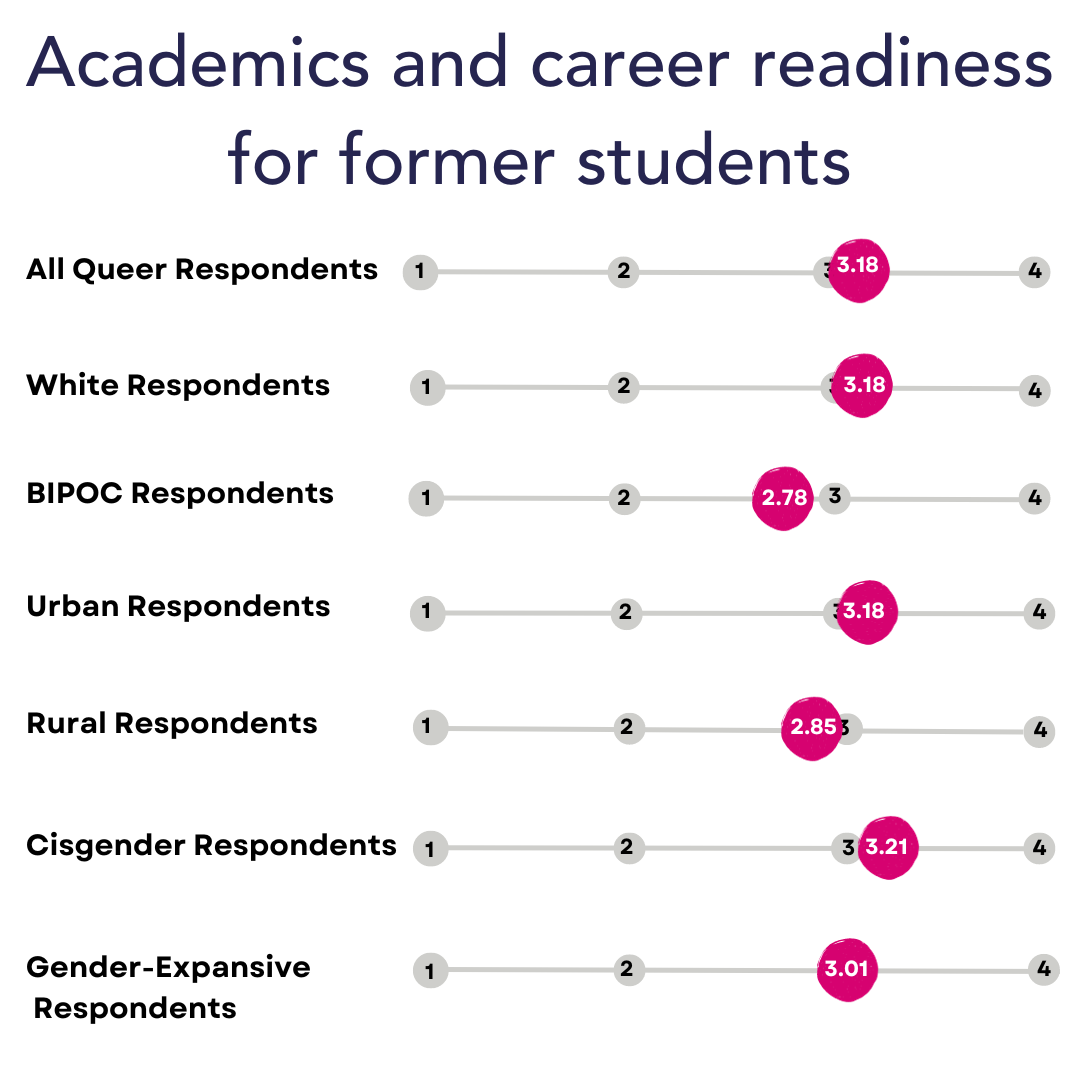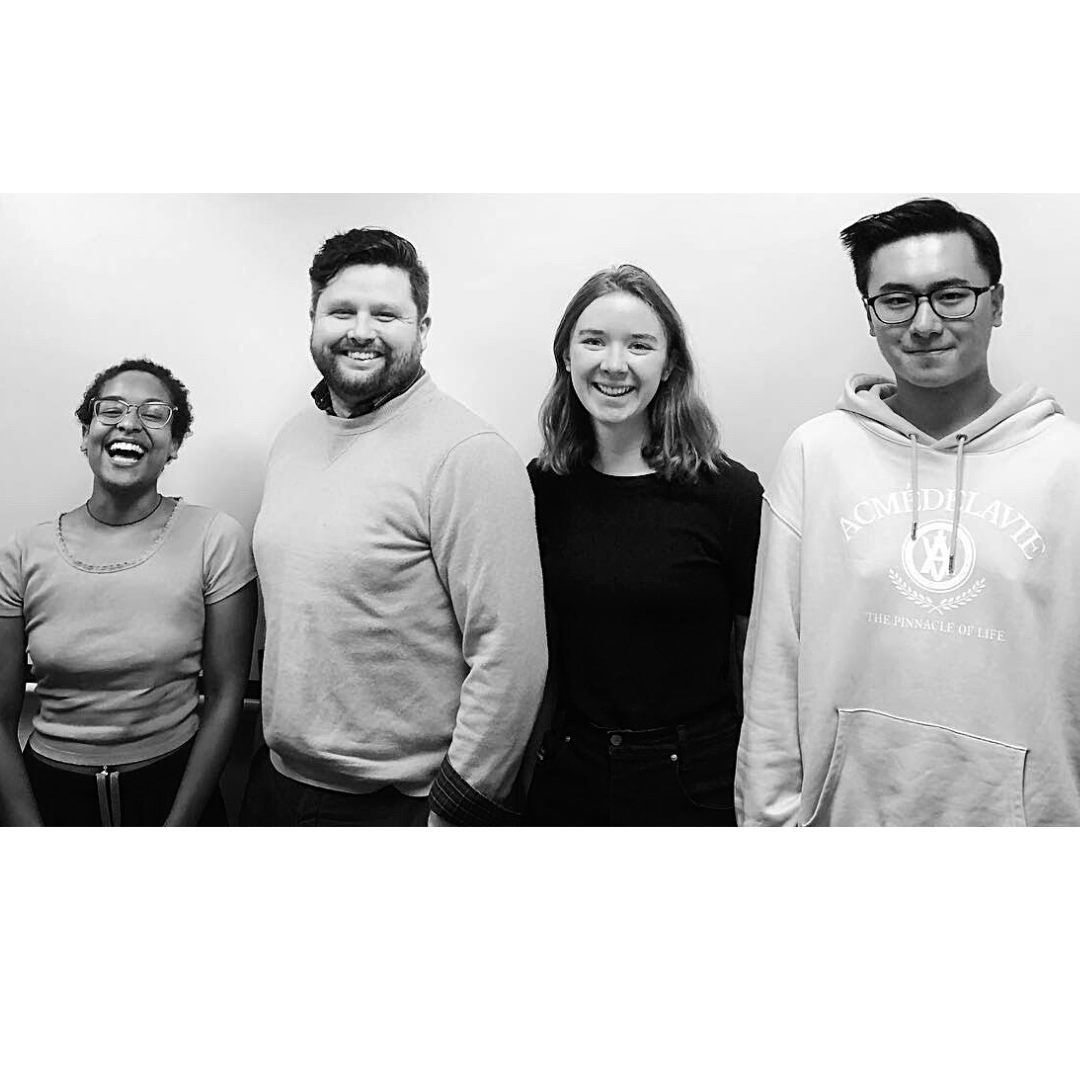
2023 SLAY Survey
As the only LGBTQ+ community foundation serving the Upper Midwest, PFund is always interested in better understanding the size and characteristics of the queer populations we serve via our grants and programming. We regularly scan the literature to help keep ourselves up to date about the latest research being conducted, especially regarding queer people and higher education. As a foundation, we have been limited by the dearth of research relating specifically to educational attainment among queer people within PFund’s service region.
In order to address this gap in research, PFund developed and deployed the SLAY (Study of LGBTQ+ Academic Yield) over the course of nearly two years, working with research professionals to help shape an online survey designed to better understand the levels of educational attainment among queer populations in our region. We were also interested in better understanding barriers that prevent queer people from pursuing higher education, and how experiences on campus may differ between queer and straight populations.
To download a two-page infographic summary of SLAY Survey findings, please click here.
Key Findings
We worked with a team of research professionals to conduct a survey of approximately 400+ LGBTQ+ people from across the Upper Midwest for our first ever SLAY (Study of LGBTQ+ Academic Yield) Survey. Our goal was to use data to better understand if and how queer folks are able to access higher education.
Cost is the top barrier cited by queer people who would like to enroll in postsecondary education but have been unable to do so. Time commitment was the second most common reason given. Lack of guidance in how to enroll in college or select an area of study is also an issue.
National surveys of college students have found that feeling a sense of belonging at their schools is a major factor in whether they complete their college educations. The SLAY Survey found that BIPOC queer students reported a stronger sense of belonging on campus than their White queer peers.
Queer people in the Upper Midwest reported an estimated average student debt of $39,123. This translates to an average monthly payment of $350. When asked on a scale of 1 - 4 how concerned they were about the impacts of student debt, the average score was 3.1. This indicates a high level of concern for both current students and queer folks who have completed their studies.
Methodology
PFund worked with a team of research professionals (via the foundation’s Research Steering Committee) to develop, deploy, and analyze the SLAY Survey over the course of nearly two years. The survey was built using Survey Monkey and launched in January 2023.
The survey received a total of 555 responses. PFund staff reviewed all individual responses and removed any that either appeared to be junk responses from bots or individuals seeking to submit multiple responses and game the system. Any responses from individuals outside of PFund’s services area or who did not affirmatively identify as LGBTQ+ were also removed from the survey sample for data analysis purposes. The result was 389 survey respondents who identified as queer (for the purposes of this study, we have defined “queer” as cisgender people who identify as gay, lesbian, bisexual, sexually fluid, pansexual; intersex people; and transgender, nonbinary, or gender-expansive individuals of any orientation) and resided within PFund’s regional service area.
For a full explanation of the methodology PFund used (including full data tables for each survey question), please click here.
Survey Respondent Demographics
We asked 10 demographic questions of all SLAY Survey respondents to help us better understand the composition of our group of survey respondents. All demographic questions were optional to complete. For those respondents who chose to do so, the responses are listed below.
Barriers to Accessing Higher Education
Cost was the top barrier to higher education cited by SLAY Survey respondents, followed by the time commitment required to pursue post-secondary education.
Lack of guidance also appears to be a major issue in queer people accessing higher education. Nearly 15% of respondents indicated that their uncertainty about what to study was preventing them from enrolling, and approximately 4% of respondents indicated they were unsure how to enroll in institutions of higher education.
Key takeaway: PFund’s scholarships to queer students helps alleviate the top reason for queer students not pursuing higher education. With Minnesota implementing its Northstar Promise Scholarship program, which will provide free college at public colleges and universities within the state, we are interested in what kind of impact this program might have and will explore the topic further in future SLAY Surveys.
Sense of Belonging and Campus Climate
We asked both currently-enrolled students were asked to rank from 1 ("not at all") to 4 ("very much") how much they either feel a sense of belonging on campus or how much their campus was welcoming to LGBTQ+ individuals, respectively.
Key takeaways: Both current sense of belonging and recalled campus environments ranked among the lowest scores given by SLAY Survey respondents. This suggests that campus climate has been and continues to be an issue of importance to queer students.
Interestingly, not all subpopulations of queer students reported similar sense of belonging. Currently-enrolled Queer BIPOC students reported feeling a greater sense of belonging on campus than their queer White peers. BIPOC queer students' mean score when reporting campus belonging is 11% higher than White queer students' mean. Cisgender current and former students also reported a greater sense of belonging or welcoming campus climate when compared to their gender-expansive peers.
PFund is dedicated to fostering a sense of belonging among its group of scholars each year through events such as the scholar reception. PFund also has limited event sponsorship funds available on a quarterly basis. Moving forward, PFund will explore the potential of sponsoring queer-focused events on college campuses to help cultivate a sense of solidarity and community across the five-state region.
Career Readiness
Both currently-enrolled and former students were asked on a scale of one to four to rate how much their college education prepared them for success in their chosen professions. For current students, we asked them how well they felt in general their college experience is preparing them for the workforce. For former students, we asked both about academics and extracurriculars; former students report that their academic studies prepared them more than their extracurricular activities for their careers.
Key takeway: Current students report a higher level of career readiness than former students. This could be due to many current students lacking direct experience in navigating the job market. It’s possible that once students graduate and must confront the challenges of securing employment they may realize that their studies have prepared them less to secure a job than they may have hoped while enrolled. Cisgender respondents reported that extracurricular activities prepared them for future career success more than gender-expansive respondents.
Overall Educational Satisfaction
We asked queer students who had indicated they completed their educations how satisfied they were on a scale of one to four with their overall experiences at their schools while pursuing a post-secondary degree.
Key takeaway: SLAY Survey respondents who completed their degree reported a fairly high degree of educational satisfaction overall. All subpopulations reported similar levels of satisfaction.
Amount of Student Debt Incurred
Currently and formerly-enrolled students were asked to select a $20,000 range (i.e. $20,000 - $40,000) that best approximates their total student debt load. To estimate mean debt loads, the mid-point of each range was used. So, for example, a respondent reporting between $20,000 - $40,000 would have their debt load estimated at $30,000.
Key takeaway: Gender-expansive survey respondents reported lower debt loads than their cisgender peers. Gender-expansive respondents on average reported only accruing 56% of the total debt amounts reported by cisgender respondents.
Concern About Student Debt
We asked both current and former students on a scale of one to four how concerned they are about their student debt loads. The median score was above three, with little variation between the queer subpopulations we compared.
Key takeaway: Concern about student levels is high across queer populations. This supports the need for more scholarships dedicated to LGBTQ+ individuals in our region. With both proposed reforms to the federal student debt system and the implementation of the Minnesota Northstar Promise scholarship program providing free tuition at public colleges and universities for many students in Minnesota, PFund is interested to explore this topic further in future SLAY surveys.
Implications and Recommendations
Based on the data collected via the SLAY Survey, PFund suggests the following actions to ensure greater access to higher education for queer people across the region:
We need more scholarships dedicated to supporting LGBTQ+ students in our region. In 2023, PFund was only able to provide scholarships to 20% of queer students who applied. Increasing the amount of scholarships PFund distributes annually will help remove the primary access preventing many talented queer people in the region from pursuing their educational and professional dreams. We also encourage all colleges and universities across the region to create scholarship funds specifically for members of the queer community to help ensure a diverse student body.
We need more organizations providing queer-specific guidance and resources to help students navigate the high-pressure college admissions process, both understand how to enroll in postsecondary education and to decide what areas of study are right for them.
We need more college and university campuses to be welcoming and affirming to queer students. PFund will explore using its existing sponsorship program to help build a sense of camaraderie among and between queer college students by potentially sponsoring more on-campus events in 2024.
We need our state and federal governments, as well as institutions of higher education, to invest in postsecondary education as a public good. Potential initiatives that could be impactful in this area are simplified processes for student loan debt forgiveness; increased funding for state and federal educational grant programs for low-income students; and free tuition programs at public and private colleges, such as the ones being piloted through the Minnesota Northstar Promise Scholarship Program, the Tuition Award Program at North Dakota State University, and the Concordia Promise.
Acknowledgements
Hermela Shiferaw, Aaron Zimmerman, Natalie Bax, and Kai Zhang at Carleton College in April 2023.
The SLAY Survey is the result of nearly two years of work by ten people. The core SLAY group included research professionals serving on PFund’s Research Steering Committee, PFund staff members, and well as a team of faculty and students from Carleton College who assisted in data analysis.
Project Lead
Kate Mohn, M.A.
SLAY Report Author and Designer
Kate Mohn, M.A.
PFund Research Steering Committee
Kay Adam, M.A.
Eleanor Fuchs, M.A.
Kate Mohn, M.A.
Chou Moua, M.A.
Quinn Oteman, M.S.W.
Aaron Zimmerman, M.A.
Carleton College Student Statistical Consulting Team
Natalie Bax
Hermela Shiferaw
Kai Zhang
SLAY Survey Research Interns
Natalie Bax
Kai Zhang
Special thanks to Dr. Andy Poppick for serving as faculty liaison for the Statistical Consulting Class at Carleton College.
























